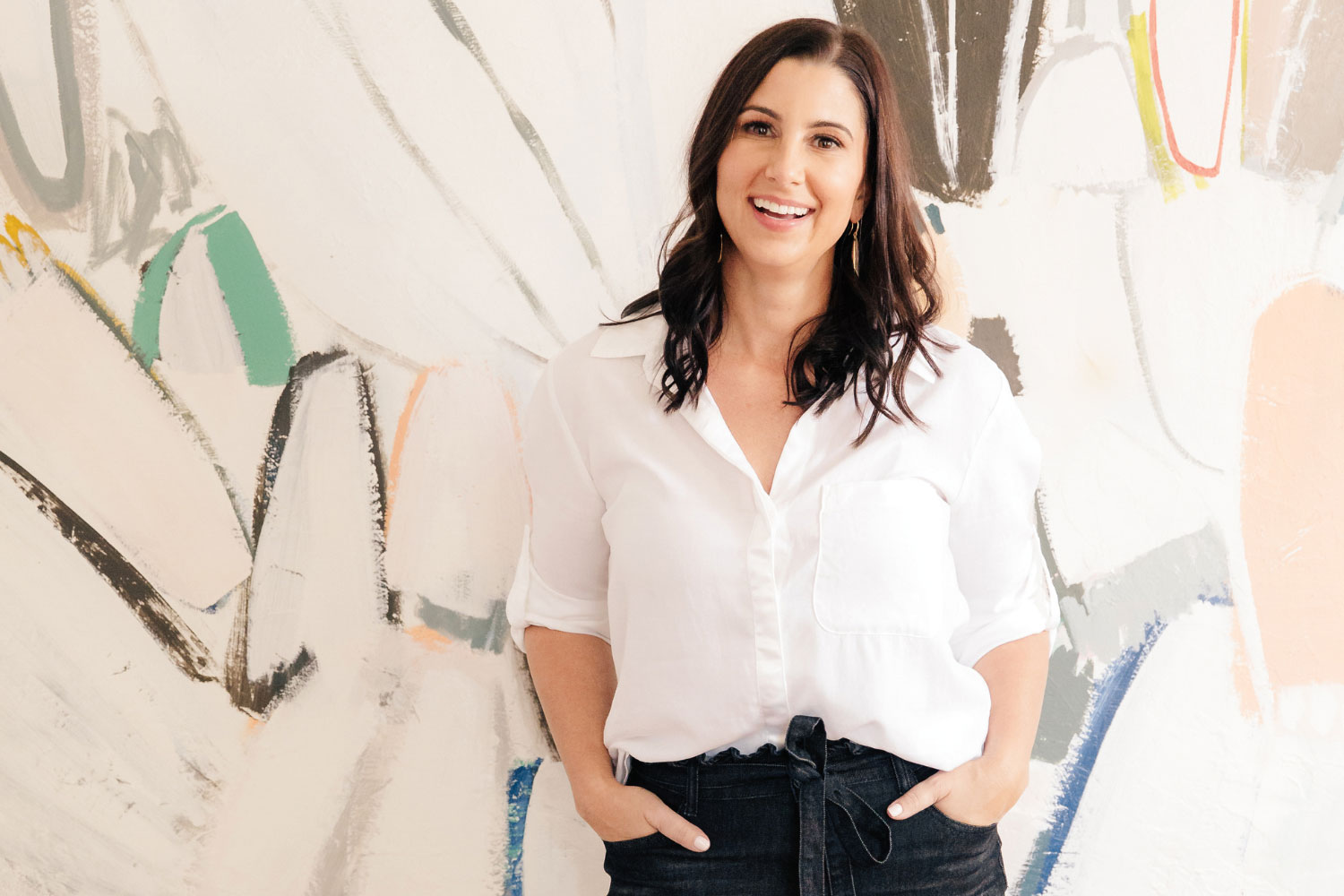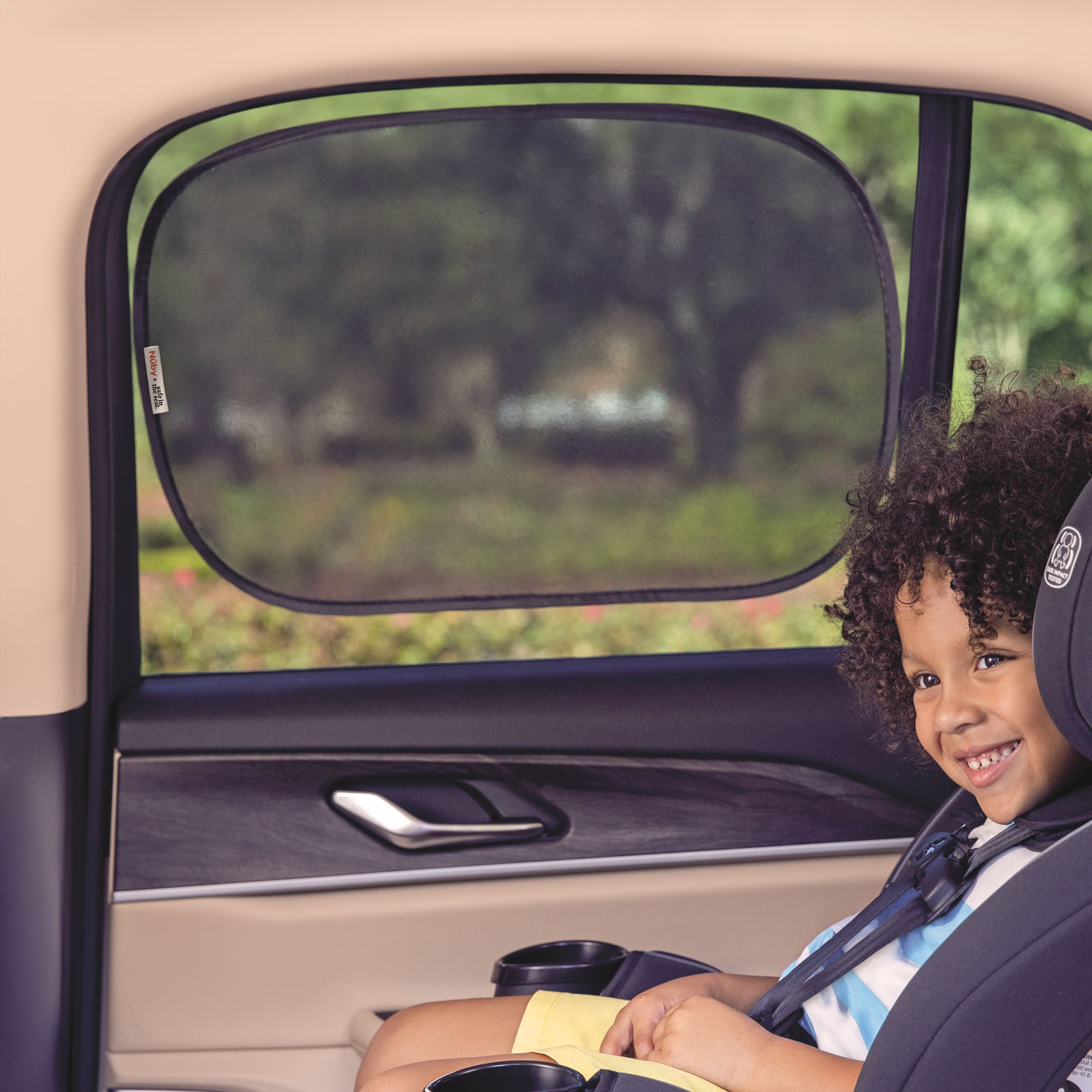Ensuring your baby’s safety while traveling in a car is one of the most important responsibilities of a new parent. With so much information available, it can be overwhelming to determine the best practices for car seat safety.
We teamed up with Safe in the Seat to create this helpful guide tailored especially for new parents navigating car seat safety for the first time. With expert-backed tips and easy-to-follow advice, this blog is here to give you peace of mind every time you hit the road with your baby.
Be sure to follow @safeintheseat for more car seat wisdom and check out our Nuby x Safe in the Seat collection designed for everyday safety and comfort.
Let’s take a look at some of our favorite car seat safety tips to help you make informed decisions and keep your little one protected on the road. Safe driving!
Safe in the Seat Pop Open Cling Sunshades (2 Pack)
Choosing the Right Car Seat
Before diving into installation and usage, selecting the right car seat is crucial. The National Highway Traffic Safety Administration (NHTSA) offers valuable resources to help you choose the best car seat based on your child’s age, weight, and height.
Types of Car Seats
- Rear-Facing Infant Car Seats: Best for newborns and small infants.
- Convertible Car Seats: Grow with your child, transitioning from rear-facing to forward-facing.
- Booster Seats: Designed for older children who have outgrown a forward-facing, harnessed car seat.
Need some extra help? Check out Safe in the Seat’s Find Your Best Car Seat tool to get personalized car seat recommendations – tailored to your child, your car, and your budget.
How to keep a newborn safe in a car seat?
- Have your car seat inspected and take a safety course. Even when following manuals, installation errors are common. A Child Passenger Safety Technician (CPST) can inspect your setup and teach you correct harnessing. For extra confidence, take a car seat safety course to learn everything from newborn safety to future transitions.
- Prep your car for safety. Eliminate loose items that could become dangerous projectiles in a crash. Secure anything hard, sharp, or heavy away from your child's car seat to mitigate any risks.
- Stick to the 2-hour rule. Avoid keeping your newborn in a car seat for more than two hours at a time. On long trips, plan breaks to take baby out and reduce risks to their spine and breathing.
- Only used safe, professionally-recommended accessories. Avoid using unapproved covers, inserts, or toys that interfere with harnessing. Stick with accessories that are tested and recommended by trusted professionals and your car seat’s manufacturer.
- Always buckle baby in properly. Before every ride, double-check the chest clip is at armpit level, straps are snug (pass the pinch test), and everything lies flat with no twists. Baby should always be buckled when in the seat, even if the car isn’t moving.
Is it safe to put a car seat in the middle?
Yes. The center seat in the back row is generally considered the safest spot for a car seat – if you can get a secure and correct installation there. That said, the most important factor is not the exact location, but how well the car seat is installed and used.
If you can’t achieve a perfect installation in the center, it’s absolutely safe to place the car seat on either side of the back seat. When properly installed and correctly buckled, car seats provide excellent protection no matter where they’re positioned in the back row.
The bottom line: Focus on a secure install and correct usage over ideal placement. A properly used car seat in any rear seating position is far safer than one that's poorly installed in the “safest” spot.
Learn more about car seat placement in Safe in the Seat’s blog, Where Should You Put Your Car Seat?
What do new parents need to know about car seat straps?
Car seat straps play a crucial role in protecting your child. Here’s what every new parent should know:
- The pinch test. After securing the harness, try pinching the strap at your baby’s shoulder. If you can pinch excess fabric, it’s too loose.
- Proper chest clip positioning. The chest clip should sit at armpit level, on the sternum.
- Strap tightness. The straps should be snug but not uncomfortable. There should be no slack between the harness and your child’s body, however ensure they are snug around their legs.
For more details on proper harnessing and fit, check out this guide from NSC and Safe in the Seat's guide to adjusting car seat straps.
What are two of the most common mistakes parents make with car seat safety?
Parents often make mistakes with car seat installation and harnessing. Two of the most common errors include:
- Loose installation. A car seat should not move more than one inch side-to-side or front-to-back when installed correctly.
- Incorrect harness positioning. Harness straps should come from at or just below the shoulders for a rear-facing child, never above. As for the chest clip, it needs to be in line with your child’s armpit level so that the harness stays in the right position.
Regularly checking installation and harnessing can prevent these issues and ensure your child is safe on every ride.
What is the 2-hour car seat rule?
The 2-hour car seat rule states that infants should not remain in a car seat for more than two hours within a 24-hour period. Extended time in a car seat can result in:
- A strain on the baby’s still-developing spine.
- Restricted air-flow to the baby’s lungs.
To prevent these risks, plan for frequent breaks on long trips and use a stroller or bassinet when outside the car.
Installing a Car Seat Correctly
Installation errors are common, so take the time to follow these steps:
- Read the manuals. Both the car seat and vehicle manuals provide crucial installation guidelines.
- Check for movement. The seat should not move more than an inch in any direction when checked at the belt path..
- Have it inspected. Visit a certified car seat inspection station (find one near you) or seek the help from a CPST.
Looking for help to install a rear-facing car seat? Check out our full guide on How to Properly Install a Rear-Facing Car Seat and learn how to install a car seat like a pro.
When to Transition to a Forward-Facing Seat
Safe in the Seat recommends that when your child meets any one of these key indicators that they have outgrown their rear-facing car seat, it is time to transition to a forward-facing car seat.
- When they reach the weight limits.
- When they reach the height limits.
- When their head is less than one inch from the top of the seat.
- When there is no car seat on the market that suits their measurements.
Once forward-facing, ensure:
- Your new car seat fits properly with your car’s headrests. If not, adjust your headrests, consider a different spot in your car, or look into another type of car seat that fits properly.
- The seat is secured properly according to the manufacturers manual and/or a CPST.
- Contrary to the rear-facing child seat, the harness straps for a front-facing car seat should sit at or above the child’s shoulders.
Explore our Nuby x Safe in the Seat car accessories to help improve every drive with your little one.
Car seat safety is a crucial part of protecting your child. By following these car seat safety tips, ensuring proper installation, and regularly checking harness fit, you can significantly reduce the risk of injury in an accident. Always stay updated with the latest safety recommendations and consider professional inspections for peace of mind.
Follow @safeintheseat on Instagram for practical, judgment-free safety tips that help you protect your precious cargo with confidence.

Shop Safe Car Seat Accessories
For more trusted safety products, check out the Nuby x Safe in the Seat Collaboration.
Stay safe and enjoy the journey with your little one!
Please remember to always reference your vehicle and car seat manuals for the preferred and safest installation recommendations, as each vehicle and car seat can have unique methods.




